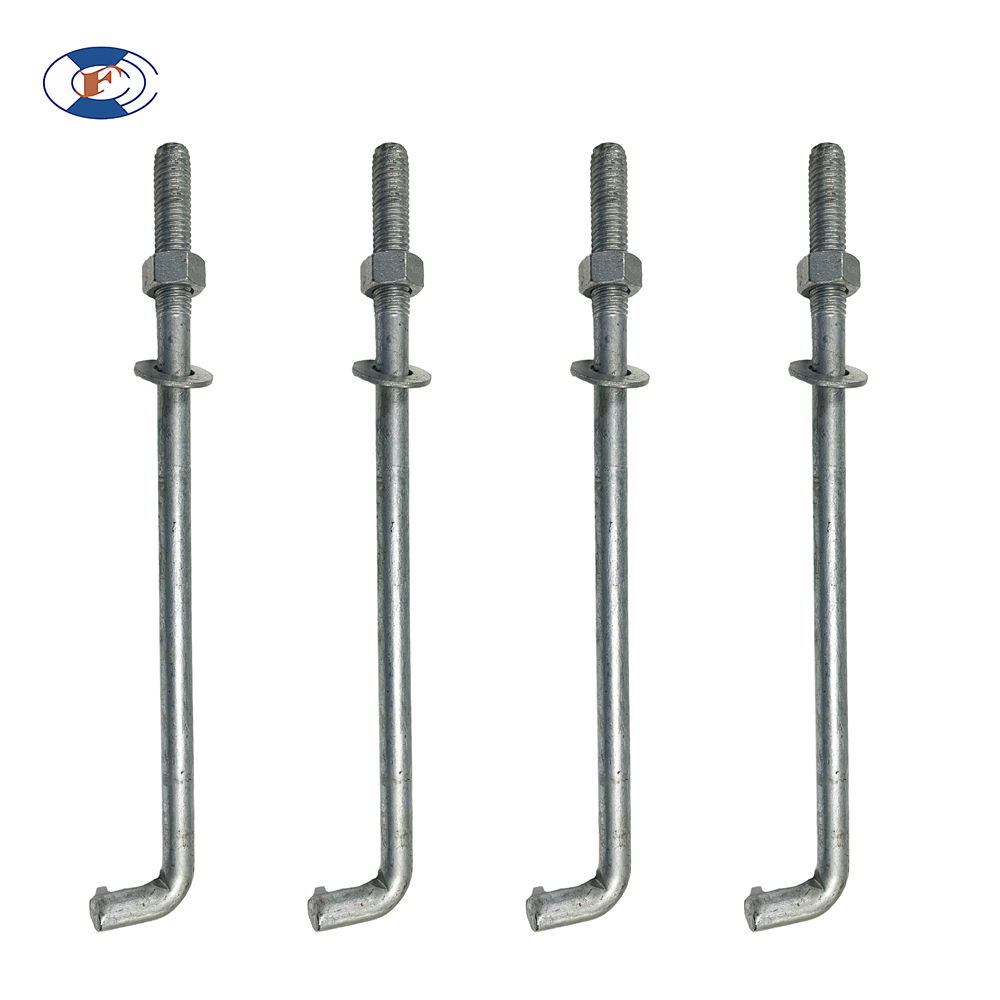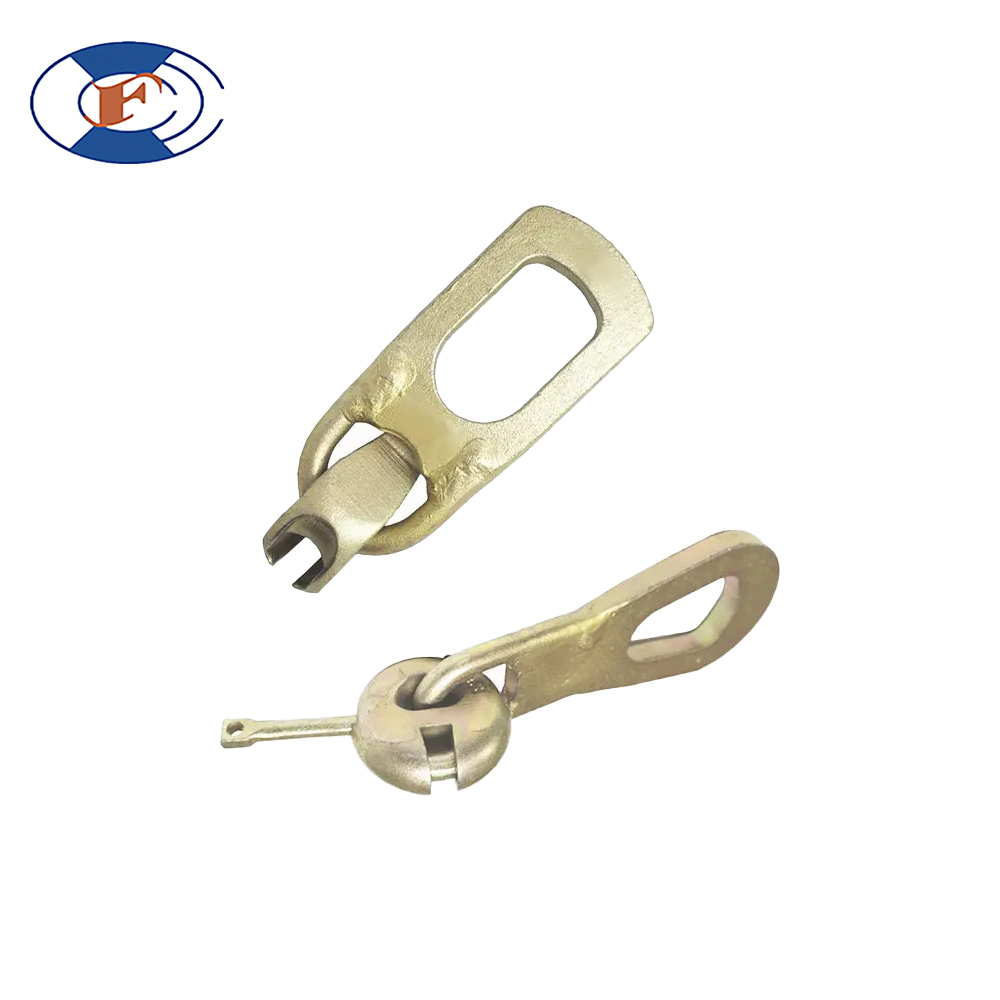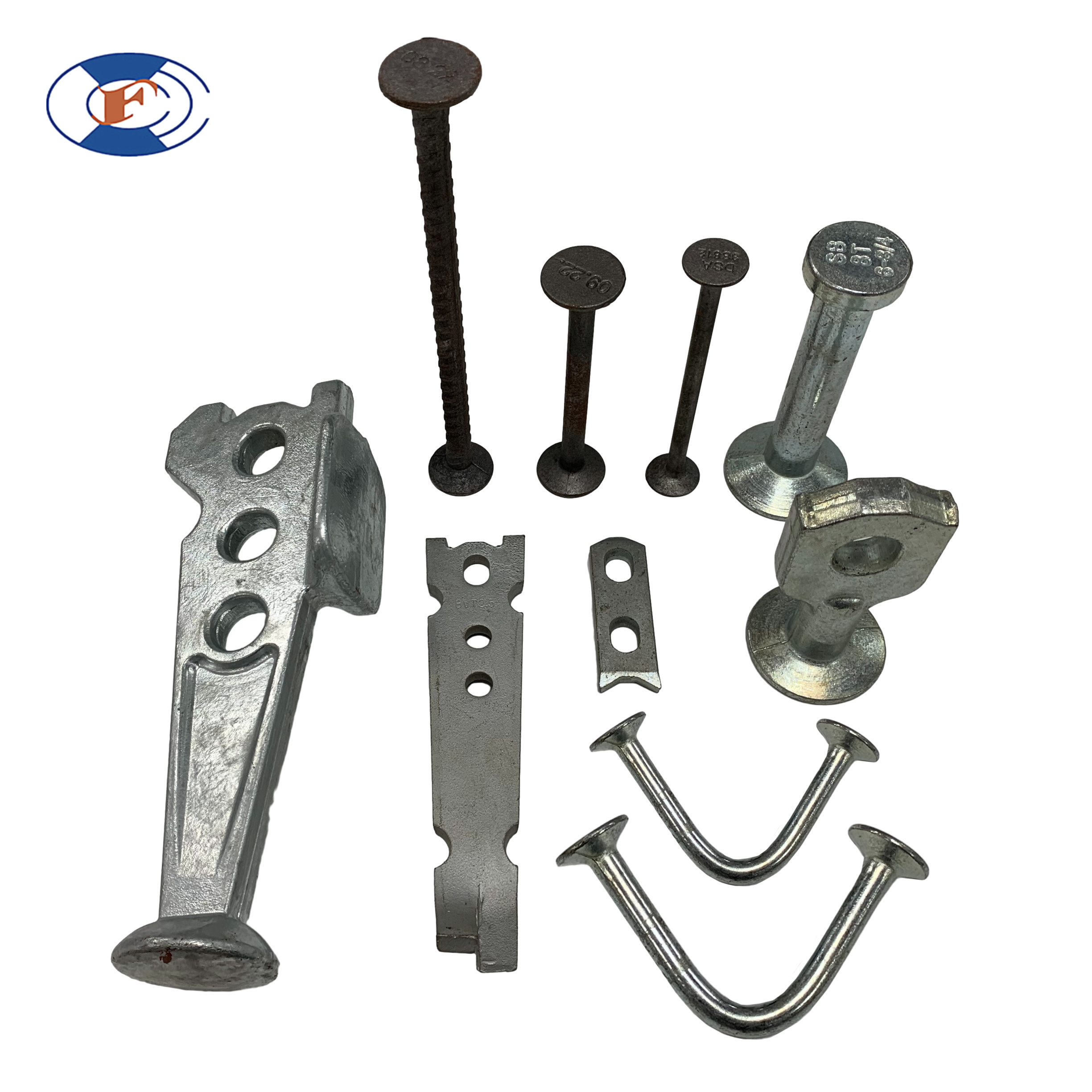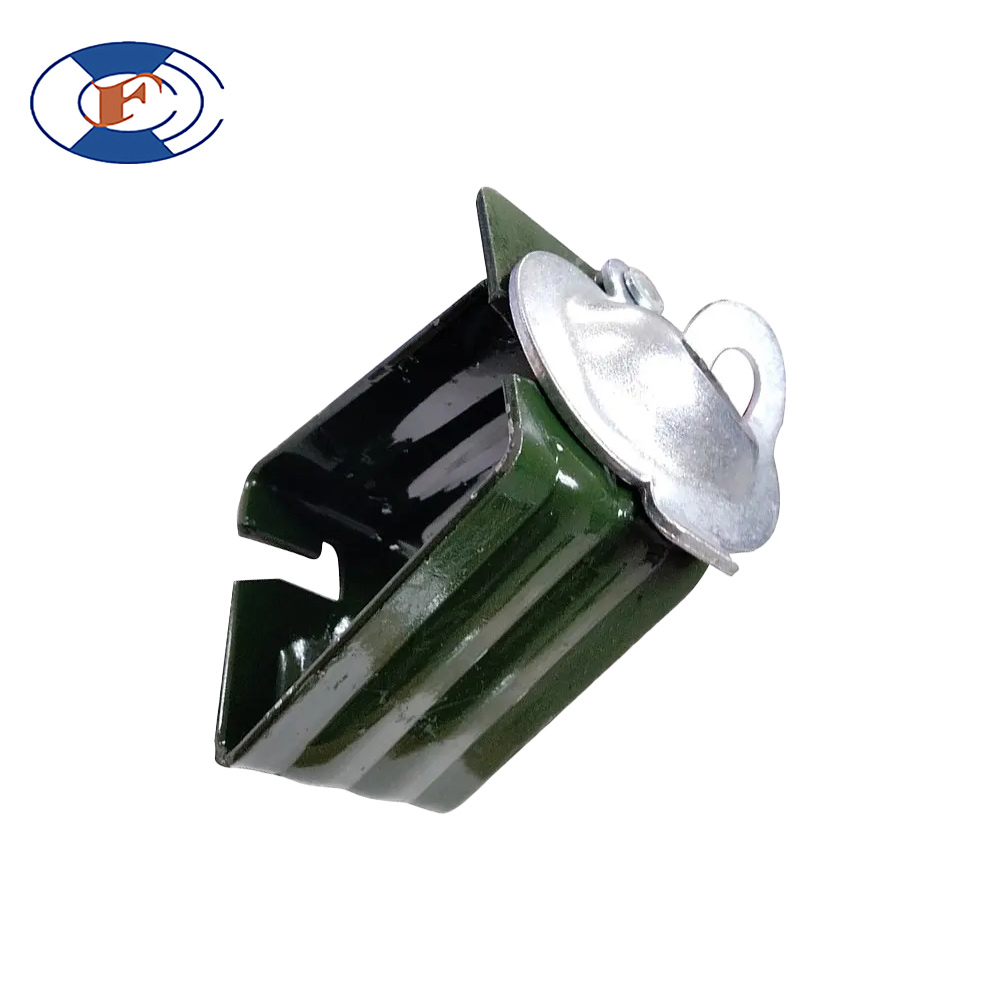Τι είναι το Foundation Bolt
Foundation bolts, also known as J bolts, are essential components in construction and engineering. These bolts are embedded in concrete and used to anchor structures, machinery, and equipment to the foundation, ensuring stability and safety. The design of foundation bolts can vary, but the most common type is the J-shaped bolt, which provides a secure hold within the concrete.

How to Install Anchor Bolts in Concrete Foundation
Installing anchor bolts in a concrete foundation is a critical step in ensuring the stability and integrity of any structure. Here’s a step-by-step guide on how to properly install them:
1. Planning and Layout: Begin by planning the layout and positioning of the anchor bolts according to the structural requirements. Use a template to mark the positions accurately on the formwork before pouring the concrete.
2. Preparation: Before pouring the concrete, ensure that the bolts are clean and free of rust or debris. Lubricate the threads to facilitate easy removal of nuts during adjustments.
3. Setting the Bolts: Place the anchor bolts in the pre-marked positions. Use a template or jig to hold the bolts in place, ensuring they remain aligned and upright during the concrete pour.
4. Pouring the Concrete: Carefully pour the concrete around the bolts, ensuring no movement occurs. Use a vibrator to remove air bubbles and ensure the concrete fully encapsulates the bolts.
5. Curing and Adjustment: Allow the concrete to cure for the recommended period. Once cured, check the alignment and make any necessary adjustments to the bolts.
6. Final Check: After the concrete has fully cured, perform a final inspection to ensure the bolts are secure and correctly positioned.
How to Bolt a House to the Foundation
Bolting a house to its foundation is a crucial measure to enhance its earthquake resistance and overall stability. Here’s how to do it:
1. Assessment: Begin by assessing the existing foundation and the structural integrity of the house. Identify areas where bolting is required.
2. Preparation: Clear the area around the foundation and remove any obstructions. Ensure that the surface is clean and accessible.
3. Drilling Holes: Mark the locations where the bolts will be installed. Using a hammer drill, create holes in the foundation at the marked points. The holes should be slightly larger than the bolts to allow for proper fitting.
4. Inserting Bolts: Insert the foundation bolts into the drilled holes. Use epoxy or a similar bonding agent to secure the bolts within the holes. Ensure the bolts are inserted to the correct depth.
5. Securing the House: Attach steel plates or brackets to the bolts. These plates will be connected to the house’s wooden framing, securing the structure to the foundation.
6. Final Inspection: Perform a thorough inspection to ensure all bolts are securely fastened and the house is properly anchored to the foundation.
Is My House Bolted to the Foundation?
Determining whether your house is bolted to the foundation is essential for assessing its stability and safety. Here’s how to check:
Visual Inspection: Begin with a visual inspection of the basement or crawl space. Look for metal bolts or plates that connect the wooden framing to the concrete foundation.
Probe Test: Use a flashlight and a probe to check for the presence of bolts along the sill plate (the wooden board sitting on top of the foundation). Bolts should be spaced approximately every 4 to 6 feet.
Check for Retrofit: If your house was built before the 1980s, it may not be bolted. Check for signs of retrofitting, such as newer bolts or brackets installed in older homes.
Professional Inspection: If you’re unsure or unable to locate the bolts, consider hiring a professional inspector or structural engineer to perform a comprehensive assessment.
Συμπέρασμα για τον συμπλέκτη ανύψωσης
In conclusion, foundation bolts, commonly known as J bolts, are vital for securing structures to their foundations. Proper installation and inspection of these bolts ensure the stability and safety of buildings. Qingdao H&F is a leading supplier of high-quality foundation bolts, committed to delivering exceptional products and services. Every shipment undergoes rigorous quality inspections, and a quality inspection report is provided to guarantee the speed and quality of shipments. With one-to-one customer service, a dedicated specialist will assist you throughout the entire order process, ensuring the most professional and high-quality service.
FAQ about Foundation Bolt
How do foundation bolts work?
Foundation bolts work by being embedded in concrete and providing a secure anchoring point for structures, machinery, or equipment. The embedded portion of the bolt, often bent or hooked, grips the concrete, while the exposed threaded part allows for the attachment of structural components.
What materials are foundation bolts made from?
Foundation bolts are typically made from high-strength steel or stainless steel. These materials provide the necessary durability and corrosion resistance to ensure long-term performance in various environmental conditions.
What sizes do foundation bolts come in?
Foundation bolts come in a variety of sizes, ranging from small bolts used for light-duty applications to large bolts designed for heavy-duty structural support. Common sizes include diameters from 1/2 inch to 2 inches and lengths from 6 inches to several feet.
Can foundation bolts be used in retrofit projects?
Yes, foundation bolts can be used in retrofit projects. They are often installed in existing structures to improve stability and resistance to seismic activity. Retrofit installation typically involves drilling holes into the existing foundation and securing the bolts with epoxy or other bonding agents.
How are foundation bolts tested for quality?
Foundation bolts undergo rigorous testing to ensure their quality and performance. Tests include tensile strength testing, fatigue testing, and corrosion resistance testing. Quality inspections are conducted before shipment, and a detailed quality inspection report is provided.
What is the difference between J bolts and L bolts?
J bolts and L bolts are both types of foundation bolts but have different shapes. J bolts have a hook-shaped end, resembling the letter “J,” while L bolts have a right-angle bend, resembling the letter “L.” Both designs provide secure anchoring but are used in different applications based on specific requirements.
How long do foundation bolts last?
The lifespan of foundation bolts depends on factors such as material, environmental conditions, and load requirements. High-quality foundation bolts made from corrosion-resistant materials can last for several decades, especially when properly maintained and inspected.
Are foundation bolts required by building codes?
Yes, foundation bolts are often required by building codes, especially in regions prone to seismic activity. Building codes specify the size, spacing, and installation requirements for foundation bolts to ensure the structural integrity and safety of buildings.
Can foundation bolts be replaced?
Foundation bolts can be replaced if they are damaged or corroded. Replacing foundation bolts involves removing the old bolts, drilling new holes, and installing new bolts using appropriate bonding agents to secure them in place.
What are the common applications of foundation bolts?
Foundation bolts are used in a wide range of applications, including securing buildings to foundations, anchoring machinery and equipment, supporting utility poles, and fastening structural components in bridges and towers. Their primary function is to provide a stable and secure connection to the foundation.
By following these guidelines and understanding the importance of foundation bolts, you can ensure the safety and stability of your structures. For reliable and high-quality foundation bolts, trust Qingdao H&F, your professional supplier dedicated to excellence in product and service.




